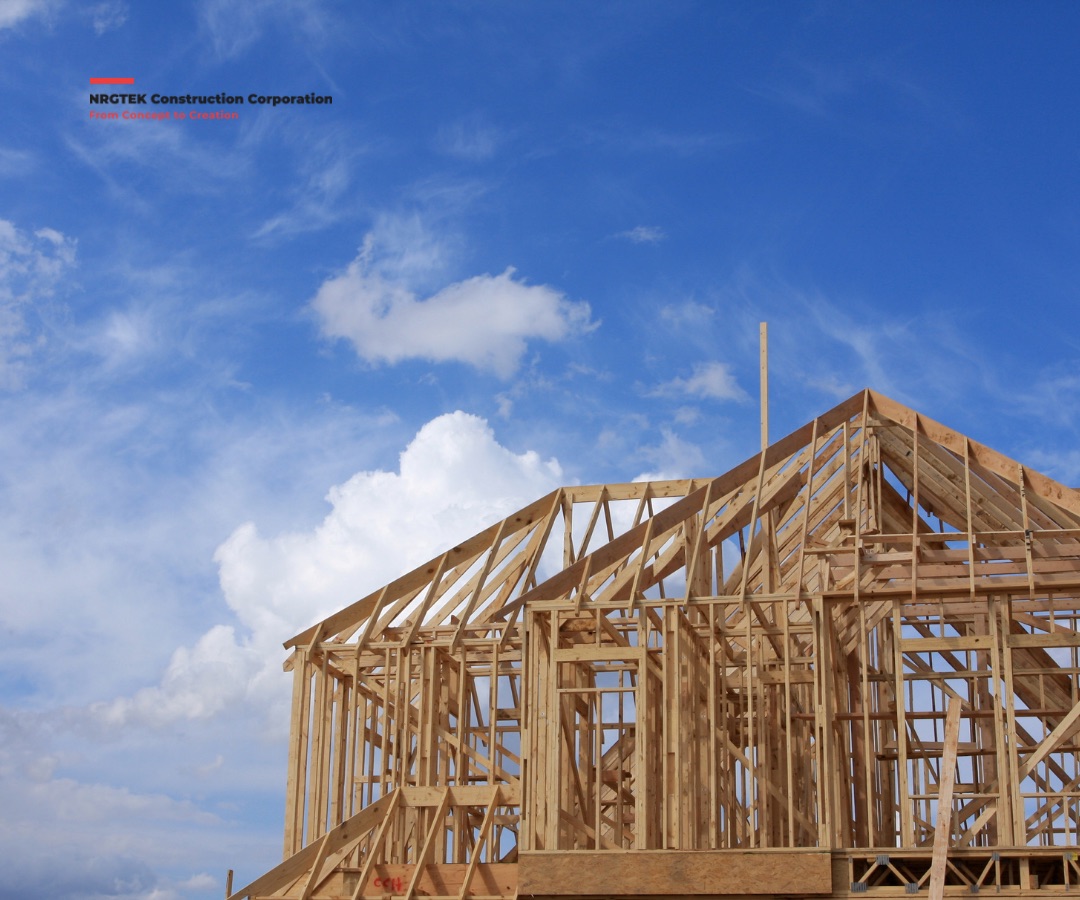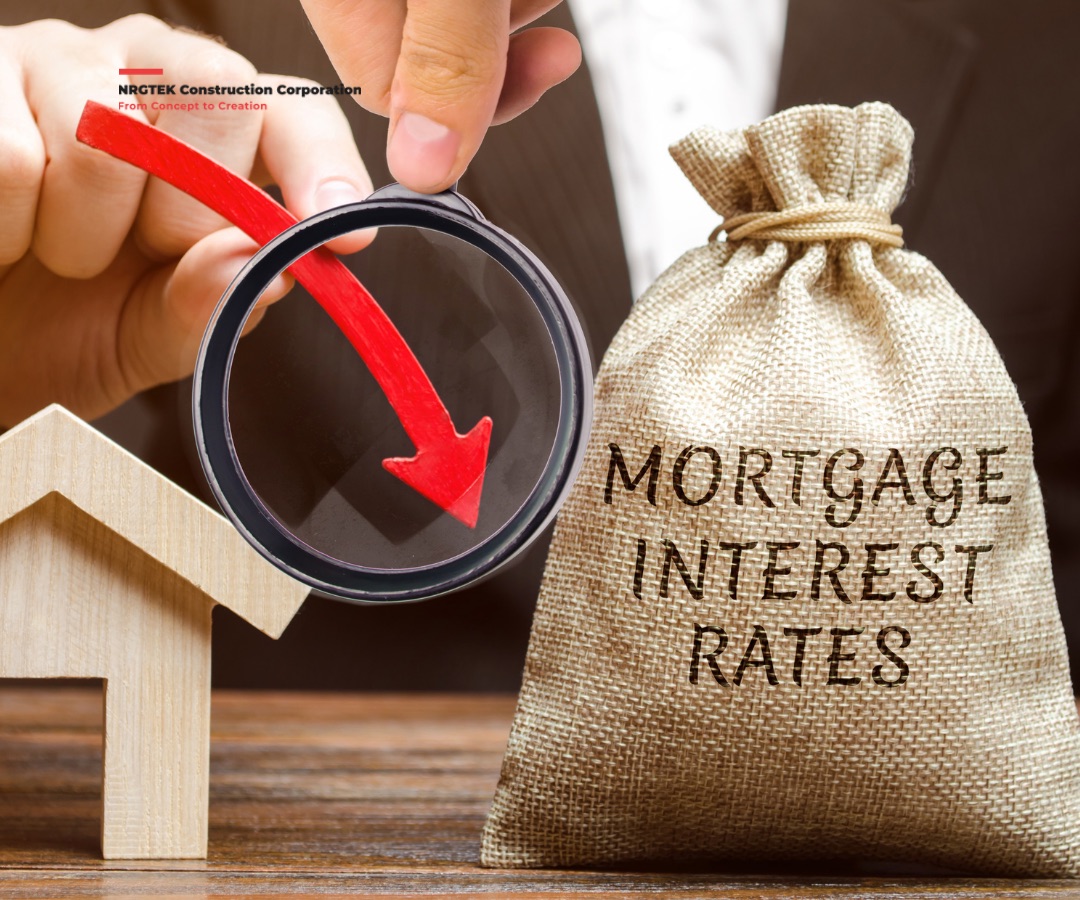
British Columbia (BC) is one of the most active housing markets in all of Canada, with strong demand, quick expansion, and increasing property values. Nonetheless, interest rates are a major factor affecting real estate values throughout the province. Property values are significantly shaped by interest rates, which are determined by the Bank of Canada and are impacted by both domestic and international economic trends. These factors also have an impact on borrowing costs, investment choices, and general market demand.
This blog post will examine the connection between interest rates and property values in British Columbia, looking into the ways that changes in rates affect purchasers, sellers, and the overall housing market.
1. How Interest Rates Affect Property Affordability
One major factor influencing how affordable home is is interest rates. Because borrowing is less expensive when interest rates are low, homebuyers can take on larger mortgages with the same monthly payments. On the other hand, as rates rise, borrowing becomes more expensive, which has an immediate effect on how much purchasers can afford.
- Low-interest environment: Homebuyers can obtain mortgages at reduced prices in an environment with low interest rates, which usually boosts demand for real estate. Property values usually rise in response to increased demand.
- High-interest environment: The cost of borrowing increases with rising interest rates, which lowers the amount that buyers can afford. This usually lowers demand, which causes property values to stagnate or even decline, particularly in markets where price appreciation has occurred quickly.
Case Example: In reaction to the COVID-19 pandemic, historically low interest rates in 2020 and 2021 caused a spike in home purchases throughout British Columbia, especially in large cities like Vancouver and Victoria. Property values rose sharply as a result, with prices surging due to a shortage of supply.
2. Mortgage Rates and Their Impact on Buyers
Mortgage rates, which are closely linked to interest rates at central banks, are a significant factor for the typical home buyer. A modest shift in mortgage rates can have a big impact on monthly payments and, consequently, the affordability of homes.
Scenario 1: Rising Interest Rates
Prospective homeowners must pay larger monthly payments on new mortgages when interest rates rise. The buyer’s purchasing power may be reduced, for example, if mortgage rates increase from 2.5% to 3.5%. This could result in hundreds of dollars more in monthly payments. Demand declines as fewer buyers can afford homes at current prices; this could result in slower growth in property values or even declines in overpriced markets.
Scenario 2: Falling Interest Rates
The opposite happens when rates decline. Mortgage rates that are lower translate into smaller monthly payments, which helps buyers afford more expensive properties. Particularly in high-demand areas like Vancouver, increased demand for homes drives up property prices and raises values.
Example: A drop in interest rates has historically been a major factor in driving property value appreciation in BC’s lower mainland, where housing prices are already high. Because lower borrowing costs entice buyers, they are more inclined to stretch their budgets, which fuels price increases and bidding wars.
3. The Investor’s Perspective: Interest Rates and Property Investments
 Interest rates are an important factor for real estate investors to take into account when evaluating a property’s suitability as an investment. Low interest rates allow investors to borrow money more affordably, which lowers financing costs and boosts return on investment (ROI). This promotes increased real estate investment, especially in multifamily housing, commercial real estate, and rental properties.
Interest rates are an important factor for real estate investors to take into account when evaluating a property’s suitability as an investment. Low interest rates allow investors to borrow money more affordably, which lowers financing costs and boosts return on investment (ROI). This promotes increased real estate investment, especially in multifamily housing, commercial real estate, and rental properties.
Impact of Low Interest Rates on Investments:
- Leverage: Investors are able to purchase multiple properties or properties with higher values because they can borrow larger amounts of capital at cheaper rates. Property prices rise as a result of the market’s increased competition.
- Yield compression: Investors may find it more difficult to locate properties with appealing returns unless rents also rise when property values rise and rental yields fall as rent prices can’t keep up with the increase in property values.
Impact of Rising Interest Rates on Investments:
- Reduced borrowing power: The cost of capital goes up with rising interest rates, making it more expensive to finance new real estate ventures. This may lower investor interest in purchasing real estate, particularly in soaring markets.
- Market cooling: The demand for properties, especially investment properties, is declining as investors grow more cautious as a result of rising financing costs. Slower increases in real estate values or even market corrections may result from this.
Example: In an effort to fight inflation, the Bank of Canada started hiking interest rates in 2022, which caused many British Columbian investors to reevaluate their real estate holdings. New investments became less appealing due to the higher cost of borrowing, which cooled demand and slowed price growth in some market segments.
4. The Long-Term Effect of Interest Rate Cycles on Property Values
Interest rates are a product of economic cycles, and the position of the economy within those cycles can have a variety of effects on property values in British Columbia.
Boom Periods (Low-Interest Rates):
- The price of real estate in British Columbia frequently rises quickly during times of economic expansion and low interest rates. Because borrowing is inexpensive, buyers and investors take advantage of it, increasing demand. Particularly in metropolitan areas like Vancouver, these boom times may give rise to worries about market bubbles and the affordability of housing.
Bust Periods (High-Interest Rates):
- On the other hand, the BC housing market frequently cools when the economy contracts and interest rates increase. Increased borrowing costs discourage buyers, which can cause the value of real estate to stagnate or even fall. On the other hand, long-term investors may see these cooling off periods as a chance to purchase real estate at a discount prior to the market’s recovery.
Historical Context: The moderate price growth in BC’s housing market during the late 1990s and early 2000s was partly attributed to stable interest rates. But rates were slashed to all-time lows during the 2008 global financial crisis, which sparked a housing boom that persisted until the middle of the 2010s. A similar pattern was seen in the recent pandemic-fueled real estate boom of 2020–2021, which was fueled by exceptionally low interest rates.
5. Interest Rates and Government Policy
Government housing policies are also influenced by interest rates. Interest rate changes are a tool used by the Bank of Canada and the federal government to control inflation and economic expansion, but they also have an impact on housing affordability. In addition, in an effort to lessen the impact of low interest rates on housing demand, provincial and local governments have implemented measures like foreign buyer taxes and mortgage stress tests.
For instance, in 2018, Canada implemented the mortgage stress test, which mandated that applicants be eligible for mortgages at interest rates higher than their actual contract rate. This policy effectively limited the amount that buyers could borrow and moderated the rise in BC real estate prices by ensuring that they could withstand future increases in interest rates.
Conclusion: A Delicate Balance
In British Columbia, there is a complicated relationship between interest rates and property values that affects the housing market both now and down the road. Rising interest rates can have the opposite effect of what low rates do, which is to cool demand and stabilize prices, thereby contributing to higher property prices through increased affordability. To make wise real estate decisions, investors and homeowners alike must fully understand how interest rates affect property values.
Interest rates will continue to play a significant role in determining how BC’s housing market develops in the future as the province navigates an ever-changing economic environment. Finding the ideal balance between affordability and market stability in one of Canada’s most sought-after areas to live in will be a challenge for politicians, investors, and homebuyers alike, regardless of whether interest rates rise or fall.










